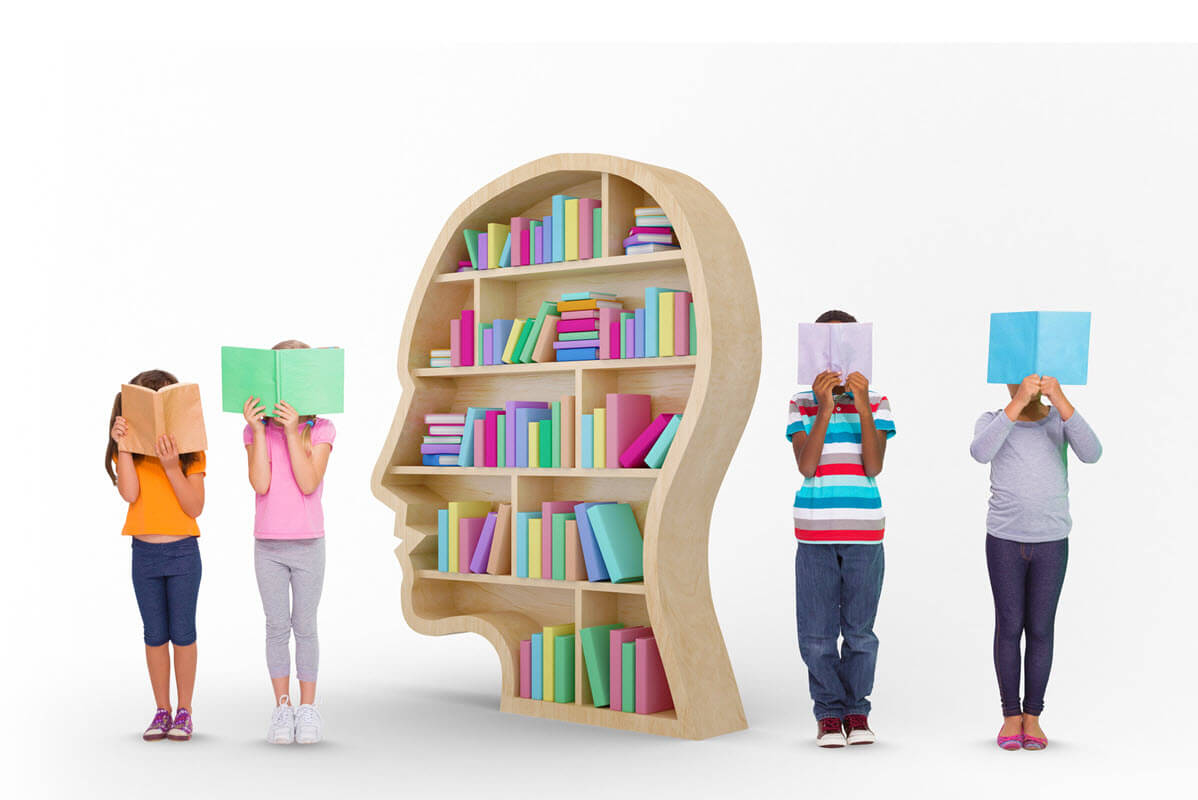Literacy is the foundation of all learning, enabling individuals to read, write, communicate, and think critically. Strong literacy skills open doors to academic success, career opportunities, and lifelong learning. However, developing literacy is not a one-size-fits-all process—it requires strategic instruction, practice, and engagement tailored to learners’ needs.
In this article, we will explore:
- The stages of literacy development
- Effective strategies for enhancing reading and writing skills
- The role of technology in literacy instruction
- How parents and educators can support literacy growth
Stages of Literacy Development

Literacy development occurs in progressive stages, each requiring targeted instruction to build a solid foundation for future reading and writing proficiency.
1. Emergent Literacy (Ages 0-5)
🔹 Key Characteristics:
- Children begin to understand that print has meaning.
- Exposure to books, letters, and sounds is crucial.
- Develop pre-reading skills such as phonemic awareness (recognizing sounds in words) and letter recognition.
📌 Strategies for Emergent Literacy:
- Read aloud daily to introduce new words and concepts.
- Encourage storytelling and pretend reading (e.g., narrating picture books).
- Engage children in rhyming games and songs to build phonemic awareness.
2. Early Literacy (Ages 5-7)
🔹 Key Characteristics:
- Children begin decoding simple words and recognizing sight words.
- Writing skills emerge as they experiment with letters and sounds.
📌 Strategies for Early Literacy:
- Use phonics-based instruction to help with decoding words.
- Introduce sight word games to build fluency.
- Encourage invented spelling to promote confidence in writing.
- Provide writing prompts (e.g., “Draw and write about your favorite animal”).
3. Transitional Literacy (Ages 7-9)
🔹 Key Characteristics:
- Readers develop fluency and comprehension.
- Writing becomes more structured with basic grammar and sentence formation.
📌 Strategies for Transitional Literacy:
- Practice guided reading, discussing main ideas and vocabulary.
- Encourage journaling or creative writing to strengthen sentence construction.
- Use graphic organizers to support comprehension of stories and nonfiction texts.
4. Fluent Literacy (Ages 9+)
🔹 Key Characteristics:
- Readers analyze themes, structures, and deeper meanings in texts.
- Writing becomes more structured, including paragraphs, essays, and narratives.
📌 Strategies for Fluent Literacy:
- Teach reading comprehension strategies (e.g., summarizing, inferencing).
- Assign research projects to enhance critical thinking and synthesis of information.
- Focus on grammar, sentence variety, and clarity in writing.
Effective Strategies for Enhancing Reading Skills
Strong reading skills require a combination of decoding, fluency, comprehension, and critical thinking. Here are key strategies for developing each area:
1. Building Phonemic Awareness and Phonics Skills
Phonemic awareness is the ability to hear, identify, and manipulate sounds in words, which is essential for learning to read. Phonics instruction helps children understand how letters correspond to sounds.
📌 How to Teach Phonics and Phonemic Awareness:
- Play sound-matching games (e.g., “What words rhyme with ‘cat’?”).
- Use letter-sound flashcards and interactive phonics apps.
- Teach blending and segmenting sounds in words (e.g., c-a-t → “cat”).
2. Developing Reading Fluency
Fluency is the ability to read with speed, accuracy, and expression, allowing for better comprehension.
📌 How to Improve Fluency:
- Use repeated readings of familiar texts to build confidence.
- Encourage reading aloud with expression to develop natural phrasing.
- Implement paired reading (students read with a peer or teacher for support).
3. Strengthening Reading Comprehension
Comprehension involves understanding, analyzing, and interpreting texts. Strong comprehension skills allow readers to think critically and engage deeply with material.
📌 How to Enhance Comprehension:
- Teach questioning techniques (Who? What? When? Where? Why? How?).
- Use summarizing exercises to check understanding.
- Introduce cause-and-effect charts and story maps to visually organize information.
Strategies for Enhancing Writing Skills
Writing is an essential literacy skill that enables individuals to communicate ideas effectively. Here are key strategies to improve writing across all levels:
1. Strengthening Vocabulary and Spelling
A strong vocabulary improves both reading comprehension and writing clarity.
📌 How to Expand Vocabulary:
- Introduce word-of-the-day activities.
- Encourage contextual learning by using new words in discussions and writing.
- Use word walls and interactive spelling games.
2. Encouraging Daily Writing Practice
Writing is a skill that improves with consistent practice and feedback.
📌 How to Build Writing Fluency:
- Assign daily journal prompts to encourage self-expression.
- Provide sentence starters for reluctant writers.
- Use writing scaffolds, such as paragraph frames or graphic organizers.
3. Teaching Sentence Structure and Grammar
Good writing depends on clear sentence structure, proper punctuation, and grammar rules.
📌 How to Improve Grammar and Sentence Formation:
- Use mini-lessons on common grammar mistakes.
- Encourage peer editing and revision to build awareness.
- Provide mentor texts as examples of well-structured writing.
4. Promoting Creative and Analytical Writing
Encouraging students to write both creatively and analytically enhances their ability to communicate ideas in different formats.
📌 How to Develop Creative and Analytical Writing Skills:
- Assign narrative writing (short stories, personal reflections).
- Guide students through essay writing (argumentative, informative, or persuasive).
- Encourage the use of descriptive language and figurative devices.
The Role of Technology in Literacy Development
Technology has transformed literacy instruction, providing interactive tools and resources that enhance engagement and learning.
📌 Ways to Use Technology for Literacy:
- Audiobooks improve listening comprehension and exposure to fluent reading.
- E-books and digital libraries provide access to diverse reading materials.
- Writing apps (Grammarly, Hemingway Editor) assist with grammar and style.
- Gamified learning platforms (Duolingo, Epic, Reading Eggs) motivate young readers.
By integrating traditional teaching methods with modern digital tools, educators can create dynamic, multimodal literacy experiences that cater to different learning styles.
How Parents and Educators Can Support Literacy Development
1. Encouraging a Love for Reading
- Create a print-rich environment with books, newspapers, and magazines.
- Visit libraries and attend storytelling sessions.
- Set a daily reading routine at home.
2. Providing Opportunities for Writing
- Encourage letter writing, storytelling, or blogging.
- Create a writing center with notebooks, prompts, and colorful pens.
- Offer positive feedback and celebrate writing achievements.
3. Using a Multisensory Approach
- Incorporate hands-on learning (e.g., using magnetic letters for spelling).
- Pair reading with drawing or dramatization.
- Encourage reading aloud with movement (acting out stories).
Conclusion: Building Lifelong Literacy Skills
Literacy development is an ongoing process that requires engagement, practice, and support. By using effective strategies for reading and writing instruction, educators and parents can help learners build strong literacy foundations that lead to academic success and lifelong learning.
Whether through structured phonics lessons, creative writing exercises knowledge, or technology-enhanced learning, the goal is to cultivate confident readers and writers who can navigate the world with strong communication skills.
📚 What are your favorite literacy-building strategies? Share your insights in the comments! ✍️📖

